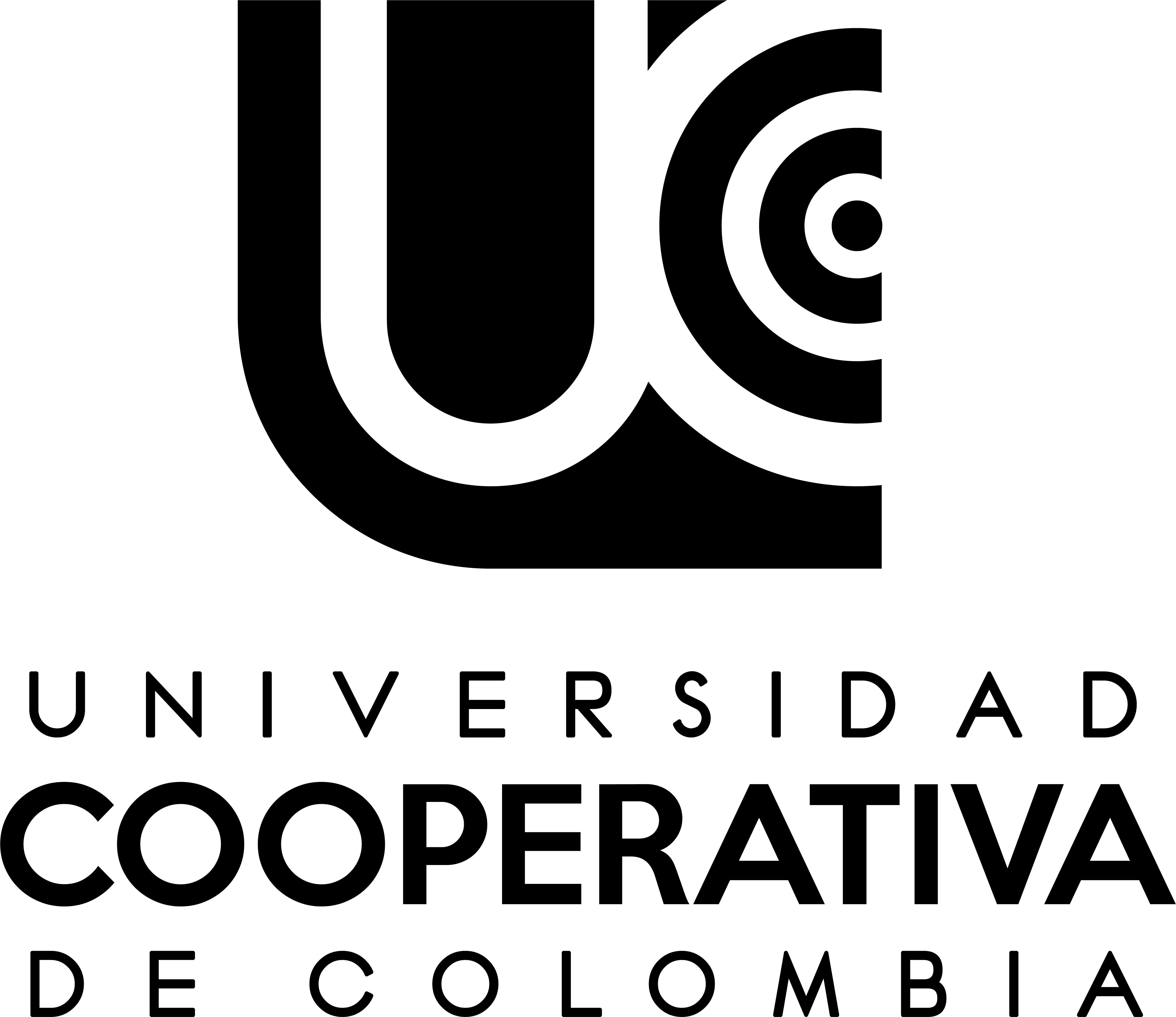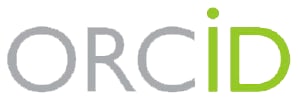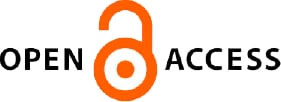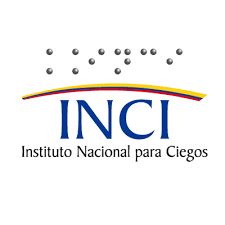Biomecánica en el control molar

Universidad de Antioquia
email: revista.odontologia@ucc.edu.co

Universidad CES
Odon.
email: revista.odontologia@ucc.edu.co
Una de las dificultades que surge durante la mecánica de tratamiento es el inadecuado control molar, el cual, tratado de una manera eficiente, permite un control preciso de fuerzas y de momentos, lo que aumenta la eficacia de la biomecánica. El conocimiento de los sistemas parciales 4 x 2, 6 x 2 y la barra traspalatina con sus diferentes formas de activación, dan una serie de ventajas que permiten la optimización de los resultados ortodóncicos. El objetivo de este artículo es aclarar conceptos, detallar posibles estrategias de
tratamiento y analizar los efectos secundarios que se presentan con estos sistemas.
Krishnan V, Ambili R, Davidovitch Z, Murphy N. Gin- giva and orthodontic treatment. Semin Orthod. 2007; 13: 257-71.
Shroff B, Siegel SM. Treatment of patients with asym- metries using asymmetric mechanics. Semin Orthod. 1998; 4(3): 165-79.
Dowsing P, Sandler PJ. How to effectively use a 2 x 4 appliance. J Orthod. 2004; 31(3): 248-58.
Van Steenbergen E, Nanda R. Biomechanics of or- thodontic correction of dental asymmetries. Am J Or- thod Dentofacial Orthop. 1995; 107(6): 618-24.
Smith RJ, Burstone CJ. Mechanics of tooth movement. Am J Orthod. 1984; 85(4): 294-307.
Mulligan TF. Molar control. Part 1. J Clin Orthod. 2002; 36(1): 11-23.
Andersen KL, Pedersen EH, Melsen B. Material parame- ters and stress profiles within the periodontal ligament. Am J Orthod Dentofacial Orthop. 1991; 99(5): 427-40.
Tanne K, Sakuda M, Burstone CJ. Three-dimensional finite element analysis for stress in the periodontal tis- sue by orthodontic forces. Am J Orthod Dentofacial Orthop. 1987; 92(6): 499-505.
Melsen B, Cattaneo P, Dalstra M, Kraft D. The impor- tance of force levels in relation to tooth movement. Se- min Orthod. 2007; 13: 220-33.
Reitan K. Some factors determining the evaluation of forces in orthodontics. Am J Orthod. 1957; 43: 32-45.
Krishnan V, Davidovitch Z. Cellular, molecular, and tis- sue-level reactions to orthodontic force. Am J Orthod Dentofacial Orthop. 2006; 129(4): 469 e1-32.
Isaacson RJ, Lindauer SJ, Rubenstein LK. Activating a 2 x 4 appliance. Angle Orthod. 1993; 63(1): 17-24.
Burstone CJ. Rationale of the segmented arch. Am J Or- thod. 1962; 48: 805-22.
Burstone CJ, Koenig HA. Creative wire bending. The force system from step and V bends. Am J Orthod Den- tofacial Orthop. 1988; 93(1): 59-67.
Isaacson RJ, Rebellato J. Two-couple orthodontic appliance systems: torquing arches. Semin Orthod. 1995; 1(1): 31-6.
Proffit W. Contemporary orthodontics. 3a. ed. St Louis, Mo: Mosby; 2000.
Rebellato J. Two-couple orthodontic appliance systems: activations in the transverse dimension. Semin Orthod. 1995; 1(1): 37-43.
Burstone CJ, Koenig HA. Force systems from an ideal arch. Am J Orthod. 1974; 65(3): 270-89.
Burstone CR. Deep overbite correction by intrusion. Am J Orthod. 1977; 72(1): 1-22.
Mulligan TF. Understanding and applying wire-bracket angles. J Clin Orthod. 2008; 42(10): 563-73; quiz 95.
Mulligan TF. Common Sene Mechanics in Everyday Orthodontics. CSM: Phoenix; 2009.
Mulligan TF. Molar control. Part 5. J Clin Orthod. 2002; 36(5): 285-90.
Hart A, Taft L, Greenberg SN. The effectiveness of di- fferential moments in establishing and maintaining
anchorage. Am J Orthod Dentofacial Orthop. 1992; 102(5): 434-42.
Mulligan TF. Molar control. Part 4. J Clin Orthod. 2002; 36(4): 237-46.
Lamons F, Holmes C. The problem of the rotated maxillary first permanent molar. Am J Orthod. 1961; 47(4): 246-72.
Stoller A. The normal position of the maxillary first per- manent molar. Am J Orthod. 1954; 40(4): 259-71.
Andrews LF. The six keys to normal occlusion. Am J Orthod. 1972; 62(3): 296-309.
Carlon JA. Rotation of the 1st maxillary molar. Inf Or- thod Kieferorthop. 1973; 5(2): 137-62.
Mulligan TF. Molar control. Part 2. J Clin Orthod. 2002; 36(2): 67-78.
Mulligan TF. Molar control. Part 3. J Clin Orthod. 2002; 36(3): 147-58; quiz 6.
Cobo JM, Diaz B, de Carlos F. Maintaining anchora- ge with a combination Nance-Goshgarian transpalatal arch. J Clin Orthod. 1998; 32(11): 681.
Zachrisson BU. Clinical use of custom-made transpa- latal arches. Why and how. World J Orthod. 2004; 5(3): 260-7.
Ziegler P, Ingervall B. A clinical study of maxillary ca- nine retraction with a retraction spring and with sliding mechanics. Am J Orthod Dentofacial Orthop. 1989; 95(2): 99-106.
Stivaros N, Lowe C, Dandy N, Doherty B, Mandall NA. A randomized clinical trial to compare the Goshgarian and Nance palatal arch. Eur J Orthod. 2010; 32(2): 171-6.
Dahlquist A, Gebauer U, Ingervall B. The effect of a transpalatal arch for the correction of first molar rota- tion. Eur J Orthod. 1996; 18(3): 257-67.
Cetlin NM, Ten Hoeve A. Nonextraction treatment. J Clin Orthod. 1983; 17(6): 396-413.
Ten Hoeve A. Palatal bar and lip bumper in nonextrac- tion treatment. J Clin Orthod. 1985; 19(4): 272-91.
Mandurino M, Balducci L. Asymmetric distalization with a tma transpalatal arch. J Clin Orthod. 2001; 35(3): 174-8.
Kucher G, Weiland FJ. Goal-oriented positioning of upper second molars using the palatal intrusion tech- nique. Am J Orthod Dentofacial Orthop. 1996; 110(5): 466-8.
Wise JB, Magness WB, Powers JM. Maxillary molar ver- tical control with the use of transpalatal arches. Am J Orthod Dentofacial Orthop. 1994; 106(4): 403-8.
Chiba Y, Motoyoshi M, Namura S. Tongue pressure on loop of transpalatal arch during deglutition. Am J Or- thod Dentofacial Orthop. 2003; 123(1): 29-34.
Deberardinis M, Stretesky T, Sinha P, Nanda RS. Eva- luation of the vertical holding appliance in treatment of high-angle patients. Am J Orthod Dentofacial Orthop. 2000; 117(6): 700-5.
Ingervall B, Gollner P, Gebauer U, Frohlich K. A clinical investigation of the correction of unilateral first molar crossbite with a transpalatal arch. Am J Orthod Dento- facial Orthop. 1995; 107(4): 418-25.
Gollner P, Bantleon HP, Ingervall B. Force delivery from a transpalatal arch for the correction of unilateral first molar cross-bite. Eur J Orthod. 1993; 15(5): 411-20.
Burstone CJ, Koenig HA. Precision adjustment of the transpalatal lingual arch: computer arch form predeter- mination. Am J Orthod. 1981; 79(2): 115-33.
Yoshida N, Koga Y, Jost-Brinkmann PG, Kobayashi K. Clinical measurement of force systems upon activa- tion of transpalatal arch in the treatment of unilateral crossbite. Prog Orthod. 2003; 4(2): 50-60.
Rebellato J. Two-couple orthodontic appliance systems: transpalatal arches. Semin Orthod. 1995; 1(1): 44-54.
Gunduz E, Zachrisson BU, Honigl KD, Crismani AG, Bantleon HP. An improved transpalatal bar design. Part I. Comparison of moments and forces delivered by two bar designs for symmetrical molar derotation. Angle Orthod. 2003; 73(3): 239-43.
Ingervall B, Honigl KD, Bantleon HP. Moments and forces delivered by transpalatal arches for symmetrical first molar rotation. Eur J Orthod. 1996; 18(2): 131-9.
Eyüboğlu S, Bengi A, Gürton A, Akin E. Asymmetric Maxillary First Molar Distalization with the Transpala- tal Arch. Turk J Med Sci. 2004; 34(1): 59-66.
Haas S, Cisneros G. The Goshgarian Transpalatal bar: A Clinical and an Experimental Investigation. Semin Orthod. 2000; 6: 98-105.
El autor debe declarar que su trabajo es original e inédito y que no se ha postulado a evaluación simultánea para su publicación por otro medio. Además, debe asegurar que no tiene impedimentos de ninguna naturaleza para la concesión de los derechos previstos en el contrato.
El autor se compromete a esperar el resultado de evaluación de la Revista Nacional de Odontología, antes de considerar su presentación a otro medio; en caso de que la respuesta de publicación sea positiva, adicionalmente, se compromete a responder por cualquier acción de reivindicación, plagio u otra clase de reclamación que al respecto pudiera sobrevenir por parte de terceros.
Asimismo, debe declarar que, como autor o coautor, está de acuerdo por completo con los contenidos presentados en el trabajo y ceder todos los derechos patrimoniales, es decir, su reproducción, comunicación pública, distribución, divulgación, transformación, puesta a disposición y demás formas de utilización de la obra por cualquier medio o procedimiento, por el término de su protección legal y en todos los países del mundo, al Fondo Editorial de la Universidad Cooperativa de Colombia, de manera gratuita y sin contraprestación presente o futura.
Artículos más leídos del mismo autor/a
- Juan Esteban Rendón Giraldo, Andrea Pedroza Garcés, Ortodoncia y erupción pasiva , Revista Nacional de Odontología: Edición especial en Ortodoncia









